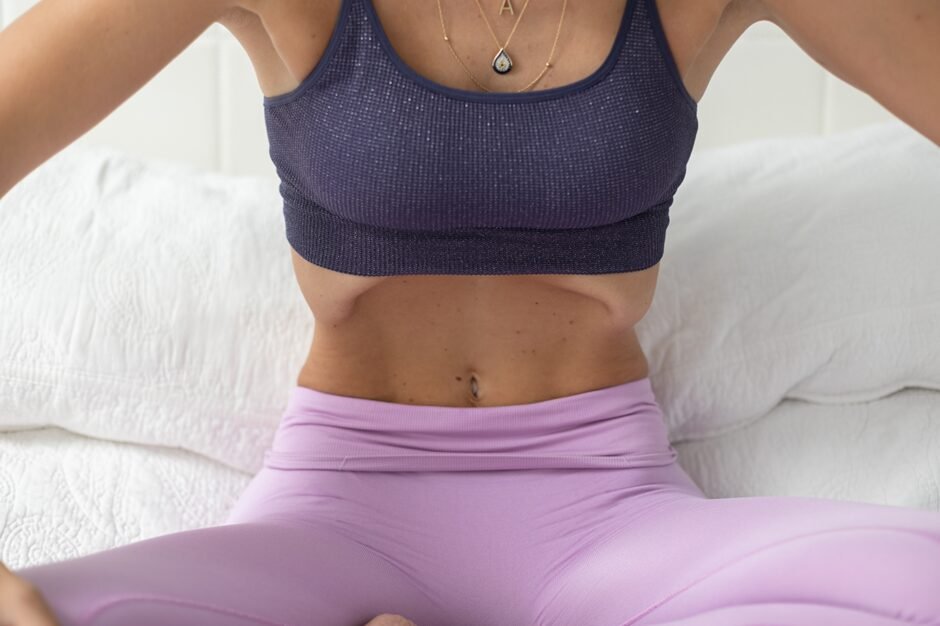GET 21 DAYS UNLIMITED PILATES $89

Low-Pressure Fitness is a uniquely developed breathing technique having two phases to activate the core and work on enhancing posture and stability improvement.
Rest Phase
Controlled breathing is done with a focus on allowing the ribs to move apart. Deeper diaphragmatic breathing therapies can relax the patient, expand lungs, work core muscles, and enhance posture and stability of the individual.
Apnoea Phase
The entire breath is exhaled and then it’s held. Creating a vacuum effect within the rib cage under the nose and under the glottis where no air enters the lungs, causing hollowing under the ribs. This negative pressure reflexively activates the pelvic floor and deep core muscles and strengthens the core, all without putting the body under excess stress and improving posture and stability.
Here are scientifically proven techniques regulated by professionals at our Low Pressure Fitness Classes in Claremont, held under the halls of Inhale Exhale. Eventually, these sessions lead toward developing strength in the core, improving posture, and enhancing overall well-being.
Feel the power of breath to strengthen, stabilise, and renew. Sign up for the Low Pressure Fitness Classes in Claremont at Inhale Exhale today to book your session!





Copyright © 2024 Inhale Exhale | All rights reserved